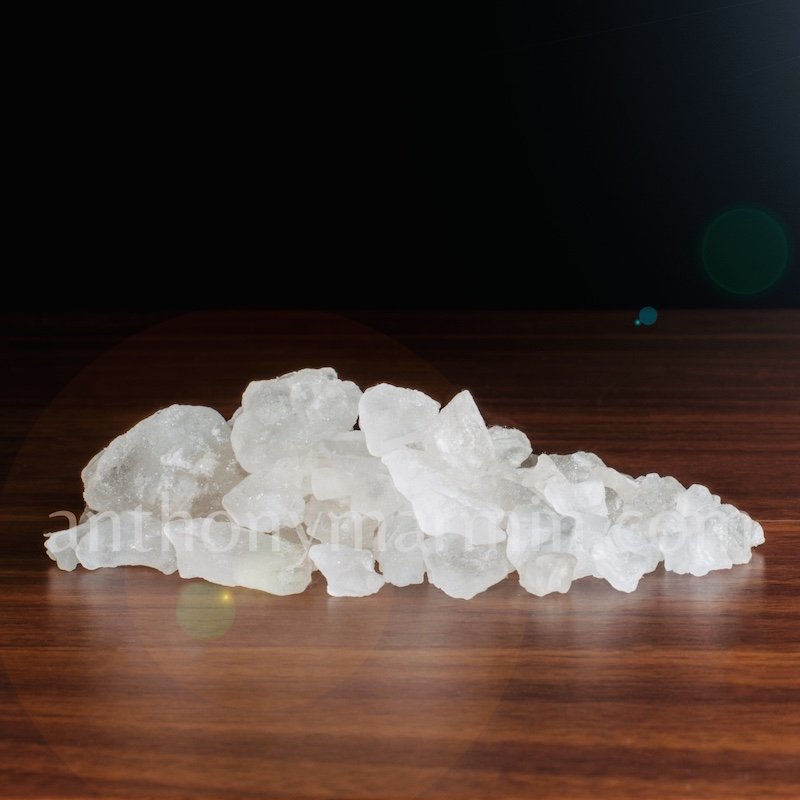Camphor in Perfumery
There are materials in perfumery that whisper. Camphor does not.
It arrives with a sharp clarity that awakens the senses and deepens the soul of a composition.
What Does Camphor Smell Like?
Camphor is crystalline in form, but olfactively, it is fluid, clean, sharp, cooling, and dry. It brings with it a sensation of wind through trees, of early morning air in winter, of something ancient yet alive.
Used in trace amounts, it imparts brightness and lift. In larger doses, it creates shadows and depth.
It is often found in traditional attars from India, China, and Arabia. And yet, when treated with restraint, camphor can become surprisingly modern.
Camphor as a Note: Where It Appears
In perfumery, camphor shifts between registers:
As a top note, it adds freshness and momentum, often paired with mint, citrus, or pine to awaken a composition.
In the heart, it lends a cooling contrast to florals or woods, giving clarity to heavier ingredients like patchouli or myrrh.
When used in the base, camphor becomes subtle but persistent. It creates an earthy vibration, a resinous echo, often used to reinforce oud, cedar, or smoky accords.
It is this structural versatility that makes camphor a master’s material: strong, but never dominant when handled with care.
Camphor as a Note: Where It Appears
In perfumery, camphor shifts between registers:
As a top note, it adds freshness and momentum, often paired with mint, citrus, or pine to awaken a composition.
In the heart, it lends a cooling contrast to florals or woods, giving clarity to heavier ingredients like patchouli or myrrh.
When used in the base, camphor becomes subtle but persistent. It creates an earthy vibration, a resinous echo, often used to reinforce oud, cedar, or smoky accords.
It is this structural versatility that makes camphor a master’s material: strong, but never dominant when handled with care.
Camphor in Imam Al Arabi
At Maison Anthony Marmin, camphor finds its most striking expression in Imam Al Arabi: a fragrance rooted in introspection and strength.
There, it merges with oud, not to sweeten it, but to illuminate its edge. It gives some cleanliness to a composition that could otherwise feel heavy. The result is bold, but balanced. Clean, yet complex. A perfume that wears like incense in motion.
Imam Al Arabi doesn’t just include camphor. It is shaped by it.
Origins & Extraction
Camphor is traditionally extracted from the Cinnamomum camphora tree, native to East Asia. The process is simple but patient: steam distillation of chipped wood, releasing aromatic crystals that are then separated from the cooled hydrosol.
At Maison Anthony Marmin, we use camphor oil in natural form, free from artificial additives or fixatives. Like all our materials, it is chosen for its soul and not just its scent.
Final Thoughts
Camphor is not for the crowd. It is for the connoisseur. For those who understand that perfume is not only about sweetness but about structure, spirit, and sensation.


